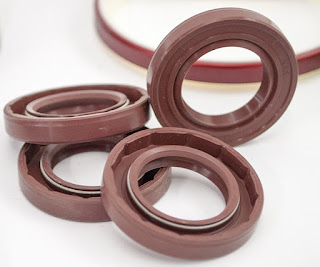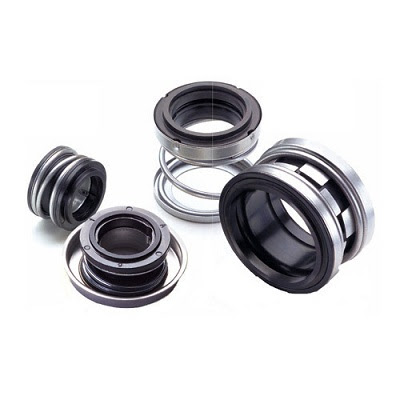Common Reasons for a Leaking Pump Shaft Seal
To refresh your mind, what are the signs of a pump? The pump
cover runs on a rotating pump as it passes through the non-rotating parts of
the building. Water enters your pump through a nipple in the center of the
impeller. As the impeller rotates, the vanes are filled with liquid and
expelled from the pump body through the discharge nozzle. Due to the pump
pressure, the water tries to escape from the rotating rod.
The pump valve cover allows the rotating shaft to enter the
"wet" area of the pump without getting wet. Each pump shaft has a
minimum (acceptable) water consumption. Seal failure is defined as the
extraction of excess water. The number of circulating media is determined by
the pump's pressure, flow, size, tension, and rotation speed, among other factors.
Failure of the pump seal results in loss of fluid and unsafe workplaces
due to leaks. That's why you should look for a pump brand you can rely on which
offers the best hours of continuous performance.
The 5 Most Common
Causes of leaking Pump Shaft Seal
Symptoms
1. Close the device
The pump shaft is permanently closed to the side of the
post. Regardless of the type of seal your pump uses, there is always contact
(friction) between the shaft and the seal. Applying all sealants (gland
packing, metal, or liquidizing) always begins to wear due to friction. The seal
gradually lengthens and has a longer life when the material has less friction
with the shaft.
2. Dry and Running
The marks often use liquid to make this action. If no water
is available for lubrication, the seal will dry out, causing friction and heat
to increase. The seal will burn or melt and break, causing the liquid to leak
due to the pressure. Even a few seconds of dry running can cause a thermal
crack or blister, causing the pump Shaft Seal. Most dry running failures
occur when restarting the pump after it has been run.
3. Fear and trembling
Extreme shock and vibration can cause axial and radial wear.
This leads to misalignment with other water sources. Recording, operating
conditions, or working beyond the pump's optimum operating point (BEP) can
produce excessive vibration and reduce seal life. If your pump withstands heavy
conditions (like dredge pumps), make sure your seal can handle axial and radial
loads!
4. Wear the bottom of the bearings
As suggested, the bearings also have to deal with wear due
to friction. If the bearings are worn, the shaft vibrates. The shaft movement
will cause vibration, which we discussed in the previous chapter about the
pump.
5. Pressure drops or
spikes
The wear rate will increase if your pump has to deal with
pressure drops or spikes. Changing operating conditions will result in
increased fluidity. Rubber lip liners are more forgiving in these situations
and are less susceptible to this condition.




Comments
Post a Comment